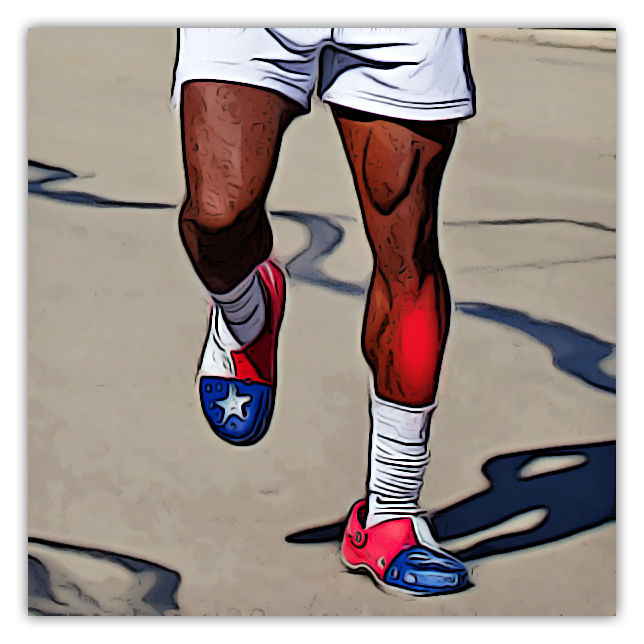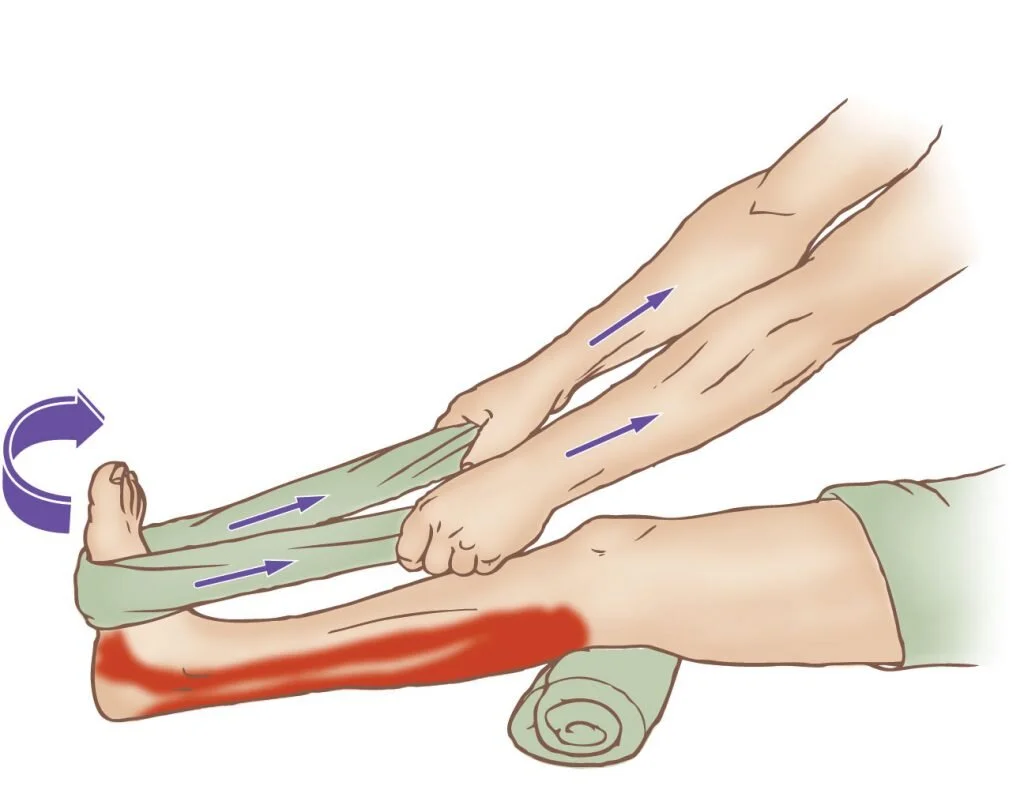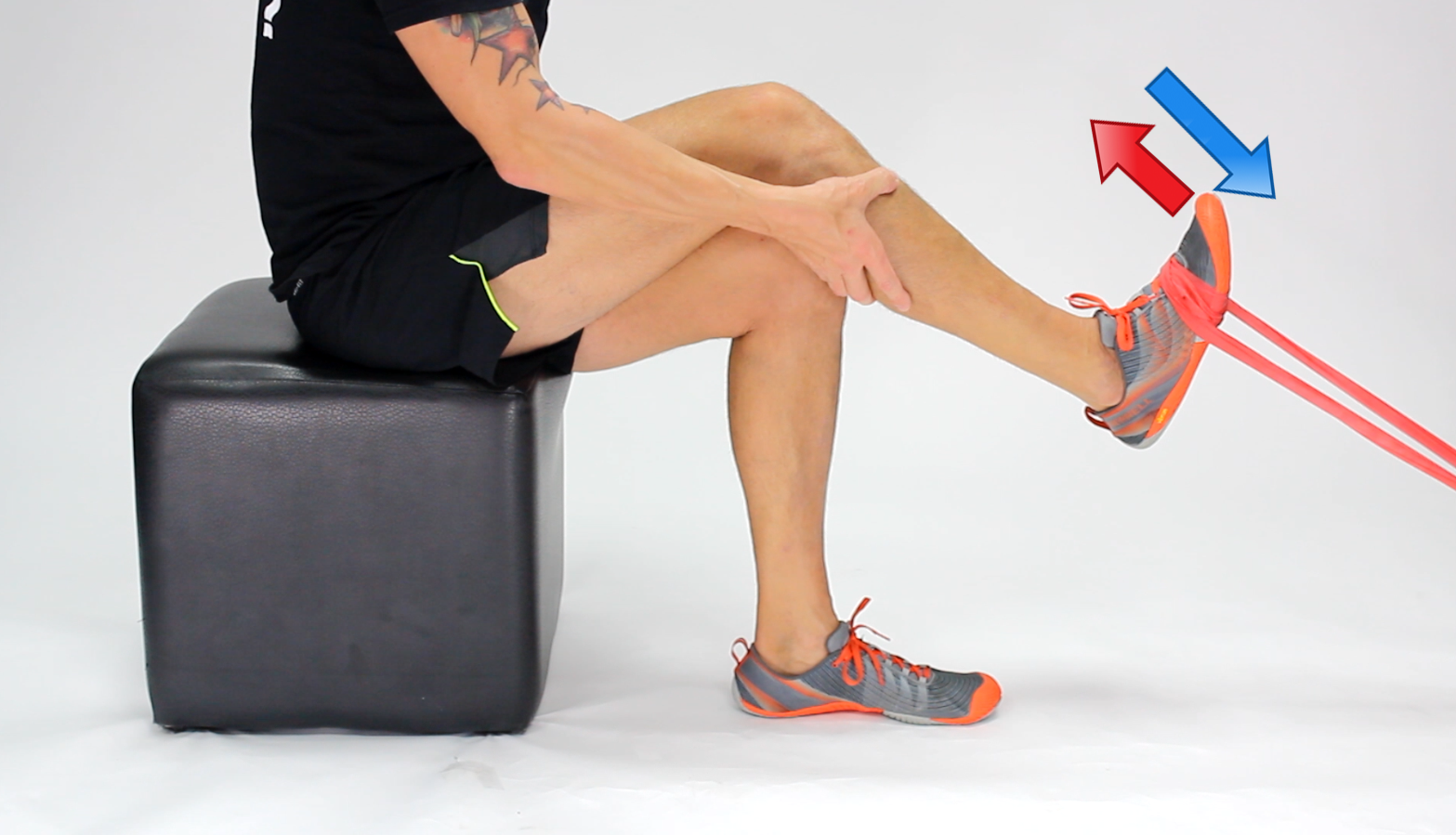How To Get Rid Of And Prevent Shin Splints
There is one thing about getting started or sliding back into consistent high-impact workouts I am no fan of: shin splints. That little dull “ready to snap” feeling from above the ankle to just below your knee?? *insert mad emoji*
How To Manage Shin Splints
What Is Shin Splints
The official name for shin splints is medial tibial stress syndrome (MTSS). You can emphasize the stress because it has been over 10 years since my last MTSS bout and I am still scarred by the memory of that flat aching inflammation.
“The pain and inflammation occur between the knee and the ankle and can be in one of two anatomical locations.
Posterior shin splints involve the tibialis posterior muscle, which controls the medial arch of the foot. Over-pronation of the foot is known commonly as collapsed arches and will lead to shin pain and discomfort.
[5]
Anterior shin splints arise from the tibialis anterior on the front lower leg, which controls plantar flexion and dorsiflexion of the foot. Excessive dorsiflexion will irritate and cause progressively worse shin pain.” [3]
What Causes Shin Splints
I can speak to how collapsed or fallen arches contribute to shin splints. Flat footed I am.. The only arch I know is in St. Louis, but there are more causes than the one that forced me to get a waiver just to join the military:
Increased exercise intensity
Extended blunt force duration
Improper warm up
Sudden weight gain without decreased impact
Shoes not fitting properly
Low quality kicks
Underdeveloped ankles and hips
Frequent running in one direction on a circular track
Uneven terrain
Poor running form
Even tight calves make the list, but they all contribute to stress on the tibia (shin bone) and connective tissue. Gravity is not the friendliest of natural forces. As you strut about on any given day on the calendar.. There is a small price to pay with each step. Abruptly inflating gravity’s force with impactful activity will have your shins screaming not to mention knees, ankles, and hips. Equip yourself to handle the stress, so you can avoid the medial tibial stress syndrome.
Symptoms Of Shin Splints
When in the gray over whether or not you are a shin splint victim here are some symptoms to look out for:
Throbbing/dull tibial ache, usually following or during some sort of run or forceful activity like jumping
Shin pain increases with exercise
Lower leg bruising without direct trauma
Note: if the described pain isn’t across the shin, but more in a specific area; seek medical attention. If pain is extreme even while casually walking, your issue could possibly be a stress fracture and you should seek medical attention.
How To Treat Shin Splints
To handle shin splints step one is probably familiar. Good old rest, ice, compression, and elevation (RICE).
Give that bad boy a few days off from intense activity. If you can not quite do that rest it around your workouts. Ice is self-explanatory, but apply cold compression for 20-30 minutes for a few days. Elevation is another jewel because propping your legs up will help reduce inflammation, you can do so while applying ice.
If pain is pretty intense or you have a low tolerance for pain consider an anti-inflammatory. It’s not the best move for building muscle, but weigh risk vs. Reward for pain relief.
How Long Does It Take To Recover From Shin Splints
Healing times vary based on severity, quality of nutrition, how diligently you attack the recovery process, and of course genetics. Regardless if you are not in the clear after a few weeks seek medical attention.
How To Prevent Shin Splints
To prevent shin splints from returning or happening in the first place a dynamic warm-up prior to exercise is principal. Gradually adding to your activity level is another gem. Do not start from stage one and jump to stage seven; one rung at a time.
Foam or stick rolling (myofascial release) targeting the glutes, thighs, and especially front & back calves chip in too. Myofascial release a few times weekly will have your legs feeling brand new.
Of course, as always you’ll need proper rest and recovery between workouts. Then there is regular static stretching of your entire body, but extra focus on the tibialis anterior.
Note: Strengthening of the tibialis anterior is what I say keeps me from getting MTSS again despite flat feet and progressively more intense exercises. Calf raises too.
Can I Workout With Shin Splints
You can workout with shin splints if you keep your ear to the ground. Modify activity to minimize pain. Properly prepare by doing your dynamic warm up and try less impactful versions of antagonistic exercises when possible IE for running use an elliptical.
If not possible (still on the running example) power walk, then light jogging, then faster jogging, and finally sprinting. Heed your level of pain at each stage of intensity and back off when the pain is above a 2-3; no need to make things worse. That will only push recovery further down the road and flash the possibility of further damage.
Bonus: compression socks and kinesiology tape are good ideas.
Living a healthy lifestyle has its downfalls, but the reward is so much greater. Shin splints are a pest you can be victimized by if your intensity outweighs your current ability, yet you can beat the stress syndrome by warming up and strengthening your tibialis anterior aka front calves. Your body is your body, master it so you can continue challenging it. Be Great.
Sources:
[1] Webmd.Com/Fitness-Exercise/Shin-Splints
[2] Performancehealth.Com/Articles/How-To-Prevent-Treat-And-Work-Out-With-Shin-Splints
[3] Issaonline.Com/Blog/Index.Cfm/2020/Try-These-Exercises-To-Correct-Shin-Splints
[4] Eorthopod.Com/Shin-Splints/
[5] Effectiveskiing.Com/Topic/Dorsiflexion_And_Plantarflexion
[6] Drbodygadget.Com/Flat-Feet/
[8] Entrenamientos.Com/En/Ejercicios/Estiramiento-De-Tibial-Anterior-De-Rodillas
[9] Learnmuscles.Com/Glossary/Tibialis-Posterior-Tom-Stretching/
[10] Outdoorsradar.Com/Ask-The-Experts/Lower-Leg-Strengthening-Tibialis-Anterior/


![[4]](https://images.squarespace-cdn.com/content/v1/58cc17b9e6f2e17898b30e4e/1597964450287-AQQQLV9VH0BRZ1I9O153/anterior+and+posterior+tibialis)
![[5]](https://images.squarespace-cdn.com/content/v1/58cc17b9e6f2e17898b30e4e/1597964481669-PFC55IAE6D3ZHE9JQINX/plantar+flextion+and+dorsiflexion)



![[8] Tibialis Anterior Stretch Hold For 20-30 Seconds](https://images.squarespace-cdn.com/content/v1/58cc17b9e6f2e17898b30e4e/1597964525262-T4HHVAAL29U1OI41LZON/tibialis+anterior+stretch)

